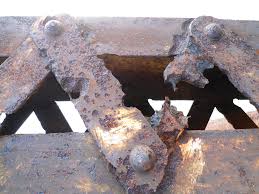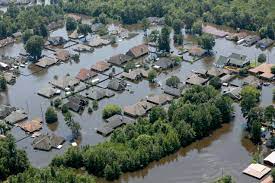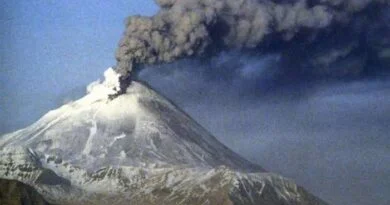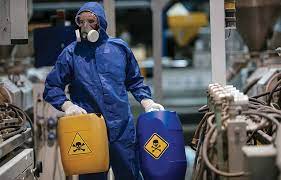The Effects of Corrosion and Scaling
Corrosion, like that shown below, can cause economic, health, and aesthetic problems. Economic problems result from damage to pipes, storage tanks, valves, and meters.
Damage to pipes is the most prevalent, consisting of leaks and reduced carrying capacity of pipeline.
Water treatment pipe corrosion problems often result from tuberculation which is the production of mounds of rust on the inside of the pipe as shown below.

Fig.: Tubercles in the Pipeline
These mounds reduce the cross sectional area of the pipe available to carry water, just as scaling does. In addition, tubercles are usually associated with pits in the pipe wall, which may go all the way through the pipe and cause leaks.
When pipes in the water treatment distribution system are corroded, some of the metal from the pipes enters the drinking water and resulting health hazards to consumers.
When metal pipes corrode, the rust can break free and be carried in the water supply distribution system as red water, can stain laundry and plumbing fixtures and also results in taste problems.
Read Also : Definition of Corrosion and Causes of Corrosion in Waste-water Treatment Plant
Effects of Scaling

Unstable water causes problems mainly in the distribution system. Scaling is problematic because it forms in the insides of pipes and reduces the cross sectional area available to carry water.
In addition, scaling can form on equipment and on hot water heaters and cause other problems.
Fig.: Scales Formed Due to Corrosion
Despite these problems caused by scaling, a small amount of scale is beneficial because it coats the insides of pipes and retards corrosion.
Corrosion Control Measures
The following measures should be considered during design for corrosion control in Sewers.
Design shall provide for self-cleansing velocity, good ventilation, low turbulence, flushing facilities, minimal periods of flow and minimum stagnation. Pipes made of inert materials are preferable. In case of large diameter pipes, RCC with sacrificial lining of 25 to 50mm thick is the suitable pipe material.
Read Also : The Different Types of Corrosion
Lining the inside of the RCC pipe with sulphate resistant or high alumina cement as sacrificial layer may increase the life expectancy of the pipe by 3 to 5 times. RCC pipes are manufactured with sulphate resistant cement when the soil contains sulphur and other corrosive substances.
For metallic pipes (DI or MS) the acceptable linings are cement mortar lining either with sulphate resistant or high alumina cement. The design of sewer section with a depth of flow of about 0.8D will minimize the chance of corrosion.
Good ventilation usually removes condensation in the immediate vicinity of the air inlet. Periodic flushing of sewers is necessary to remove solids accumulation and control their subsequent anaerobic decomposition and H2S formation
Read Also: List of Short Legged Cat Breeds and their Description




